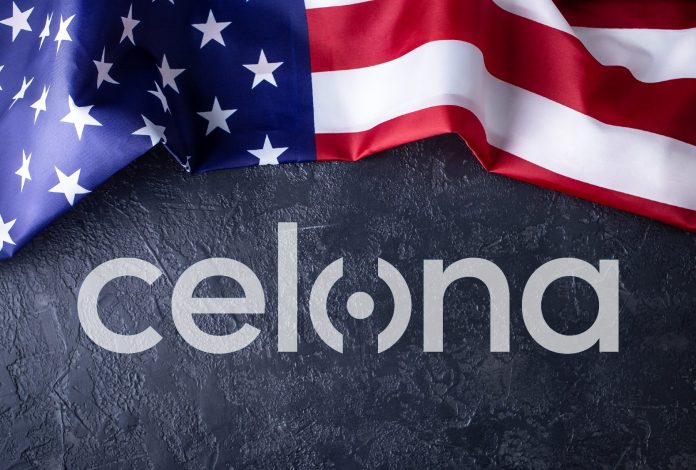California private networks startup Celona has said it has proposed new geofencing specifications for 4G (LTE) and 5G to the OnGo Alliance, formerly the CBRS Alliance, representing the supply-side ecosystem for private cellular in the 3.55-3.7 GHz CBRS band in the US. It said it expects the enhancements, to automate wireless roaming within private mobile networks, to be accepted in the Release 5 OnGo specification.
It said the new geofencing specification should be applied in 2022 for user equipment and devices on 3GPP-based private LTE and 5G networks. Advanced geofencing techniques will enable a “seamless user experience” and improve battery life on mobile devices while protecting them from connecting to invalid private cellular networks, it said. Devices vendors are currently testing the new capabilities in their products.
As it stands, private mobile networks use common network identifiers to allow device access. This approach can lead to a denial of service when users attempt to access specific networks without valid credentials and then go back to another network with valid credentials, said Celona. The new capabilities create a geofence that mobile handsets can use to more efficiently scan for valid networks that users can access.
They combine GPS coordinates, macro network RF footprints, network identifier (NID) data, and tracking area codes (TACs), to inform end-users’ devices about perimeter boundaries for private LTE and 5G networks for which they have valid credentials. This information enables user devices to roam within dispersed private enterprise mobile networks operated by the same organization.
Enterprises have the ability to push policies based on network and location to private mobile subscribers; this way they can see that business-critical applications get preferred access to faster and more reliable private LTE and 5G networks under specific quality-of-service (QoS) rules. Mobile handsets can make more intelligent connection decisions by understanding if a valid network to which they are authorized to connect is nearby, said Celona.
A statement said: “End-user mobile devices leverage the underlying modem technologies and realize the geofencing with an over-the-top implementation. Celona’s approach also enables the mobile handsets to have multiple enterprise credentials and dynamically associate with multiple campuses without user intervention– putting mobile handset policy management into the hands of enterprise IT teams.”
Mehmet Yavuz, co-founder and chief technology officer at Celona, said: “The goal for our proposal was simple: enhance the existing 4G/5G protocol framework with enterprise geofence information to remove any friction users may experience when automatically roaming between private enterprise cellular networks.”
Srinivasan Balasubramanian, member of technical staff in the CTO office at Celona and lead author of the standards specification, said: “While public cellular networks have independent system identifiers that allow mobile handsets to discern different networks, private mobile networks really don’t. This makes it difficult for users with credentials to multiple private cellular networks to seamlessly roam between them, and this proposal fixes that.”
Celona said in September it is the first company to implement the O-RAN Alliance’s specifications for open radio access network (open RAN) software in private 5G enterprise networks, it has said. Celona said its O-RAN-compliant capabilities, newly certified, confirm its so-called ‘edgeless’ 5G architecture affords enterprises a way to run RAN and RAN intelligent controller (RIC) functions within its private 5G core software.
In parallel, it announced a partnership and investment agreement with US venture firm In-Q-Tel, which invests in start-ups providing tech for US intelligence services. The deal with In-Q-Tel will see Celona provide US intelligence and national security agencies with private 5G technologies, it said. The size of the investment was undisclosed. The deal signals rising interest from US agencies such as the CIA, FBI, and NSA in private 5G, it said.

